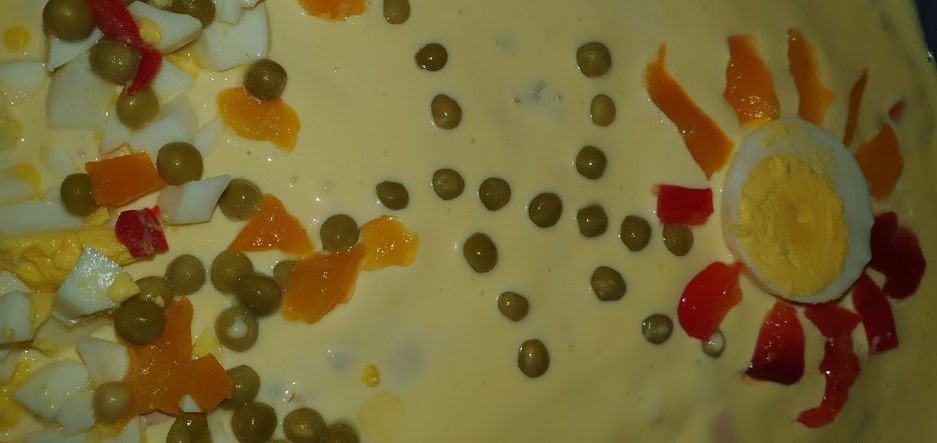Italy, Piedmont. Here are some tips to know the wine and food of this region
You come to the Langhe mainly for wine and food. The wine of the Langhe is famous and appreciated all over the world.
Our experiences and trips in the Langhe are all based on knowledge of the great wines of the Langhe and the typical cuisine of the Langhe.
Visiting the Langhe with our taste itineraries will be an unforgettable journey.
From the great red wines of the Langhe, such as Barolo and Barbaresco, not forgetting the excellent white wines of the Roero, visiting the cellars of the Langhe is always an interesting and exciting experience.
Walking through the vineyards of the Langhe and Roero in all seasons at a slow pace, savoring the typical foods of Piedmont in front of magnificent views, getting to know a territory through its tastes and scents. All this is Slowdays!
There are many things to see in the Langhe, but it’s nice to get lost among tiny villages, stop for a glass of wine overlooking the vineyards, and get to know a wine producer inside his cellar.
Eating in the Langhe is almost always guaranteed: from the small tavern to the famous starred restaurants in the Langhe, you will always have a unique experience of getting to know the people and the territory through the extraordinary wines and typical Langhe dishes.
Our tours will take you to the most beautiful wineries of the Langhe and delight your senses in an unforgettable slow trip!
Piedmont is a land of wine excellence, with enchanting landscapes and great food and wine tradition. A little taste of how to choose a good and satisfying wine tasting. Happy reading!
Piedmont is a land of wine excellence, with enchanting landscapes and great food and wine tradition. A little taste of how to choose a good and satisfying wine tasting. Happy reading!
Truffle hunting: Everything you need to know about this magnificent world This heat is a bit exhausting. Let's reminisce about autumn between one shower and another: mild temperatures, enticing aromas, and meals with feet under the table. And then, leisurely walks among colors without sweating, unlike these days! So, immediately, the mind connects all these thoughts to the king of autumn and the cold season: truffles and their magnificent world! There are many truffles, some of which are proper local excellences. However, it is a product in nature in limited quantities and for a certain period. Among the various types of sought-after truffles, especially to complement dishes for refined palates, we find: White Truffle or Trifola (Tuber magnatum pico): Harvested between September and October, this truffle is widespread mainly in our regions but also in Umbria, Tuscany, and Marche. Its aroma is very intense, as is its flavor (slightly reminiscent of cheese and garlic). Precious Black Truffle or Norcia Truffle (Tuber melanosporum): Harvested from November 15 to March 15, highly sought after and widespread in Piedmont, Veneto, and the Central Apennines. Its organoleptic characteristics are highly appreciated, as they are not too "aggressive" to the palate and smell; the fragrance is not too intense, and the taste is delicate. Whitish Truffle or Marzuolo (Tuber borchii vitt.): Harvested from January 15 to April 30, it is challenging to use in the kitchen unless you are a culinary expert. Due to its intense aroma and unpleasant taste, it can be indigestible even after cooking. Summer Black Truffle, Scorzone (Tuber aestivum vitt.): Harvested from May 1 to August 31, it has a more delicate aroma than usual black truffles, and the taste is similar to porcini mushrooms – delicious! Truffle hunting is not an impromptu activity nor a pastime to be practiced when
Truffle hunting: Everything you need to know about this magnificent world This heat is a bit exhausting. Let’s reminisce about autumn between one shower and another: mild temperatures, enticing aromas,
The Monferrato must be discovered, because it is a hidden pearl! Did I mention I was in love with the Monferrato before? Yes, of course! This doesn't change my love for the Langhe and my affection for the Roero, but Monferrato is always a surprise for me! Maybe because I don't live there and so I go there a little less frequently or maybe because of that passion for less touristy places, but really every time it's a discovery! The Monferrato is actually a very vast and varied territory divided into 3 large areas: the Lower Monferrato Casalese (towards the province of Alessandria), the Lower Monferrato Asti (province of Asti) and the Upper Monferrato that borders the High Langa. Now I could talk about the many fascinating villages that you meet or the landscapes characterized by rolling hills covered with vineyards that in every season offer wonderful views, or the fact that often the vineyards leave room for orchards, hazelnut groves and especially forests, ensuring a unique biodiversity. Will the Langhe Truffles be better than those of Monferrato? Or maybe I can talk about the fact that in Monferrato there are, says some people, the best white truffles in the area ... I do not know if it is so, today we "scratched" a lot 'and I must say that they were a pleasure for taste and smell! I could talk about history, geology and also wine and food of course, but I would like to talk about people this time... One of SlowDays' "slogans" is "Know places through people". This is not just a way of saying, but something we strongly believe in! Some time ago, on another trip to Monferrato, I had already been able to appreciate the great sense of hospitality that is in these parts combined
The Monferrato must be discovered, because it is a hidden pearl! Did I mention I was in love with the Monferrato before? Yes, of course! This doesn’t change my love




















